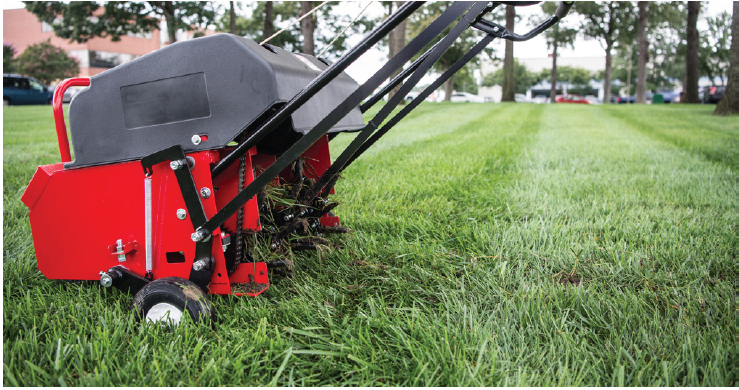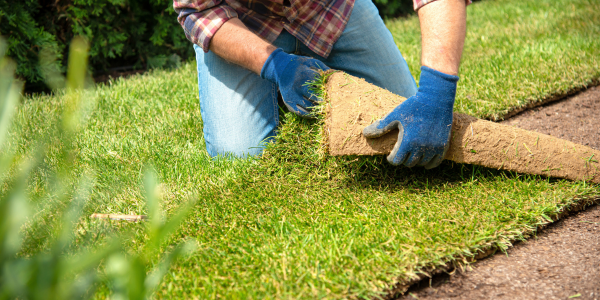Why You Shouldn’t Seed Your Lawn in the Spring
As temperatures rise, many homeowners start thinking about fixing bare spots in their lawns. A common instinct is to grab a bag of seed and start patching things up. At Virginia Green, we get it—everyone wants a thick, green lawn. But seeding in the spring is usually a bad idea, and here’s why.
Spring Seeding Doesn’t Work in Our Climate
Virginia’s spring weather might seem ideal at first, with cool mornings and occasional rain, but it turns fast. Grass seedlings need time to mature, and in our region, that window is too short. The heat sets in quickly, and young grass can’t handle the stress. The result? Seedlings wither before they have a chance to establish.
Pre-Emergents and Seeding Don’t Mix
In early spring, members of our lawn programs receive pre-emergent herbicides during Rounds 1 and 2 of treatment. These applications are essential for preventing aggressive summer weeds like crabgrass. But here’s the catch: pre-emergents also stop grass seed from germinating. If you seed in the spring and skip your pre-emergent, you’re inviting weeds to take over your lawn. It’s a lose-lose situation—grass seed likely won’t survive, and weeds will fill the gaps.
Why Fall is Best for Seeding
We design our programs around fall aeration and seeding. Cooler temps, fewer weeds, and longer root-establishing windows make it the ideal season. Grass thrives—and lasts.
Learn more about fall seeding here, and our package for the ultimate thick and vibrant lawn here.

What We Do Offer in the Spring
We understand that some lawns may still show thin or bare areas after a fall seeding. That’s why, in early April, our agronomy team performs spring seeding follow-ups- but only for customers who seeded with us in the fall. These are done carefully on a case-by-case basis, with minimal disruption to the pre-emergent barrier already in place. It’s not about pushing more seed—it’s about standing behind our service and offering extra support where needed.
Important Note for Customers Requesting Spring Seeding:
If you request spring seeding, we will not apply your Round 2 pre-emergent treatment in those areas. If possible, we may spray around the area or apply fertilizer instead. However, we strongly discourage this route due to the low success rate and the risk of weed invasion.
Want to Fix Bare Spots This Spring? Use Sod.
The most effective way to repair bare areas in spring is by laying sod- mature grass that’s already been grown in a field. Unlike seed, sod can handle temperature swings and establishes quickly with proper care.
You can find sod at Home Depot, Lowe’s, and Southern States, usually for $5–$8 per piece (about 4 ft x 2.5 ft each). Here’s how to get the best results:
- Remove enough soil so the sod sits level with the rest of the lawn.
- Loosen the ground underneath and add topsoil if needed.
- Water daily until roots establish—this usually takes a few weeks.

The Bottom Line
Spring seeding causes more problems than it solves. It weakens your weed protection and rarely succeeds. Stick with fall seeding for the best results-and use sod if you need a quick spring fix.
Have questions? We’re always here to help.
